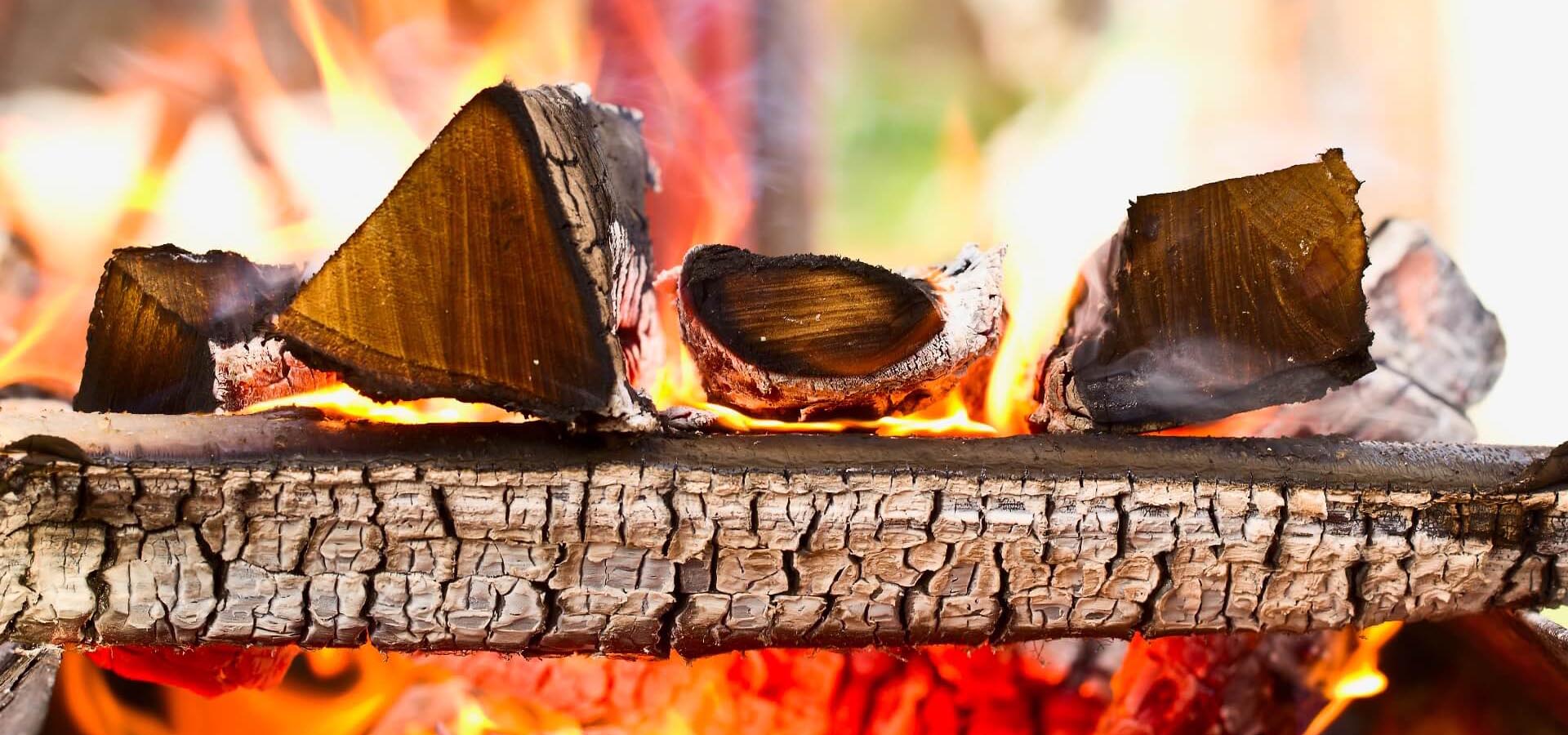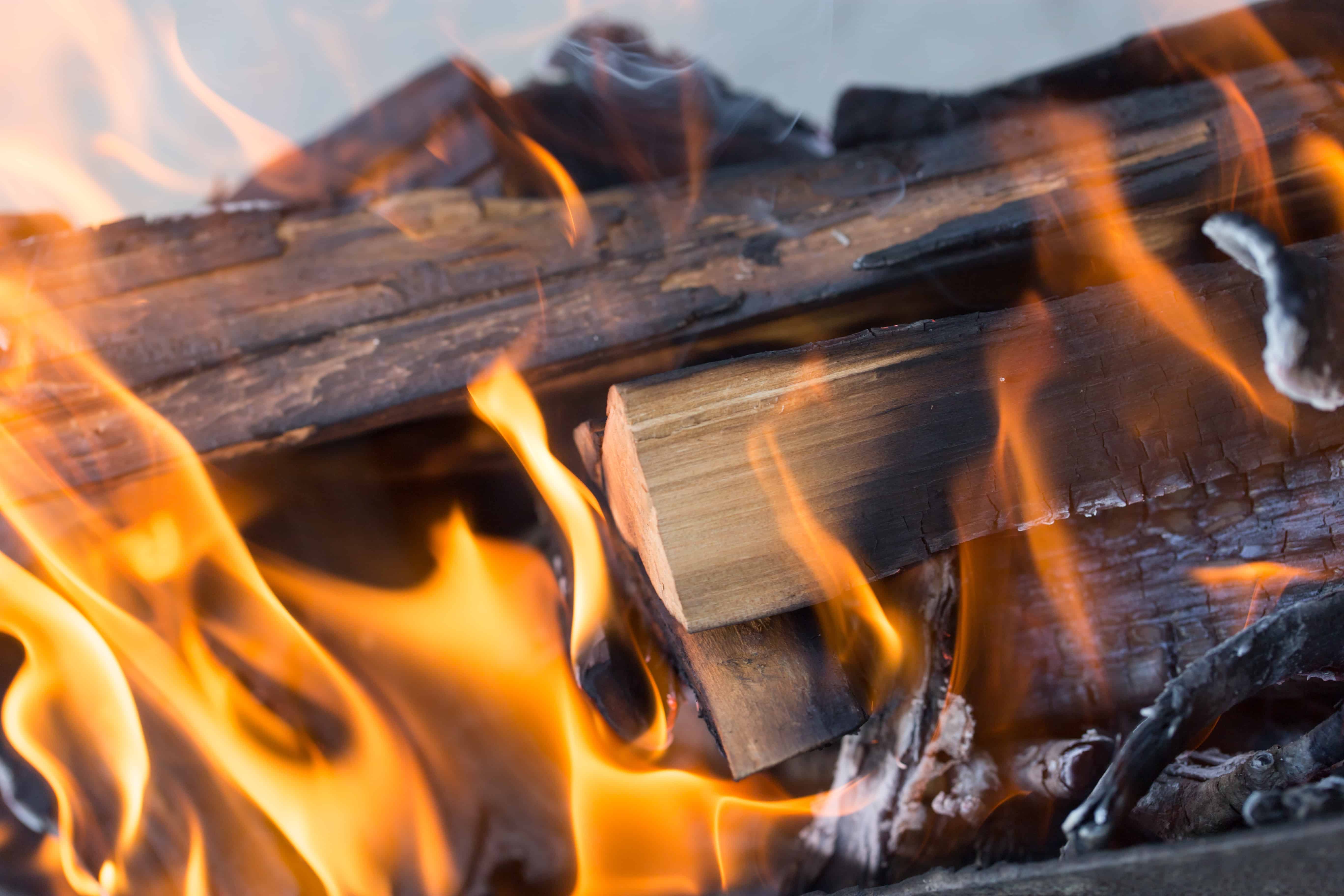Did you know that burning wood glue can be toxic? It’s true! In this article, we’ll explore the potential dangers of burning wood glue and why you should think twice before attempting it. So if you’re curious to learn more about this topic, let’s dive right in!
Now, you might be wondering why someone would even consider burning wood glue in the first place. Well, some people use it as a substitute for traditional wood-burning glue. But is it safe? That’s what we’re here to find out.
So, join us as we uncover the truth about burning wood glue and the potential risks it poses. Let’s get started!

Is Burning Wood Glue Toxic?
Wood glue is a commonly used adhesive in woodworking projects, but is it safe to burn? In this article, we will explore the potential toxicity of burning wood glue and its potential impact on health and the environment. We will delve into the composition of wood glue, the potential release of harmful fumes when burned, and the precautions one should take when working with wood glue. Let’s dive in and uncover the truth about burning wood glue.
Understanding the Composition of Wood Glue
Wood glue, also known as carpenter’s glue or carpenter’s adhesive, is a strong bonding agent used in woodworking to attach pieces of wood together. It is typically composed of a synthetic polymer, such as polyvinyl acetate (PVA) or aliphatic resin, mixed with additives to enhance its performance. These additives may include plasticizers, cross-linking agents, and preservatives.
When wood glue is applied to wood surfaces, it undergoes a curing process, during which it dries and hardens. This creates a strong bond between the wood pieces, making it a favored adhesive choice for carpenters and DIY enthusiasts. However, the properties of wood glue can change when exposed to extreme heat, such as when burned.
While wood glue is generally safe to use when following proper handling precautions, the same cannot be said for burning it. The combustion of wood glue can release potentially harmful fumes and byproducts, which can pose risks to both human health and the environment.
The Potential Risks of Burning Wood Glue
When wood glue is exposed to high temperatures, such as when it is burned, the breakdown of its chemical composition can occur. This can lead to the release of toxic fumes that can be harmful if inhaled. The exact nature and quantity of these fumes depend on the specific type of wood glue used and the conditions under which it is burned.
One of the primary concerns associated with burning wood glue is the release of formaldehyde. Formaldehyde is a volatile organic compound (VOC) that can irritate the respiratory system, eyes, and skin. Prolonged exposure to formaldehyde has been linked to respiratory issues, allergic reactions, and even certain types of cancer.
In addition to formaldehyde, burning wood glue can also release other hazardous chemicals such as acetaldehyde, acrolein, and phenol. These fumes can further contribute to respiratory problems, eye irritation, and other health issues.
Precautions When Working with Wood Glue
Given the potential risks associated with burning wood glue, it is essential to take proper precautions when working with this adhesive. Here are some tips to ensure your safety and minimize any negative impact:
- Follow the manufacturer’s instructions: Always read and adhere to the instructions provided by the manufacturer of the wood glue. These instructions typically include guidelines for safe handling, application, and disposal.
- Use in well-ventilated areas: When working with wood glue, ensure that you are in a well-ventilated space. Proper ventilation helps to dissipate any fumes that may be released during the curing process.
- Avoid direct contact: Avoid direct contact with wood glue, especially when it is wet. If it comes into contact with your skin, wash it off immediately with soap and water.
- Dispose of unused glue properly: If you have leftover wood glue that you no longer need, dispose of it according to the manufacturer’s instructions. Do not burn or pour it down the drain.
- Handle with care: When handling wood glue, wear protective gloves and goggles to prevent direct contact with your skin and eyes. This will minimize the risk of irritation or injury.
The Bottom Line: Burning Wood Glue Can Be Toxic
In conclusion, burning wood glue can release harmful fumes and byproducts, including formaldehyde and other hazardous chemicals. These fumes pose risks to human health, especially if inhaled over an extended period. It is crucial to exercise caution when working with wood glue and to avoid burning it. By following proper handling precautions and working in well-ventilated areas, you can minimize the potential risk to yourself and the environment. Safety should always be a priority when working with any potentially hazardous materials like wood glue.
Related Topics:
The Environmental Impact of Wood Glue
Beyond the potential toxicity of burning wood glue, it is essential to consider its environmental impact. In this section, we will explore the sustainability of wood glue, its disposal methods, and its contribution to landfill waste. We will also discuss eco-friendly alternatives to traditional wood glue and the importance of making conscious choices to protect the environment.
Safe Work Practices with Adhesives: Tips and Best Practices
Working with adhesives, including wood glue, requires adherence to safe work practices to protect yourself and those around you. In this section, we will cover essential tips and best practices when working with adhesives, including proper ventilation, personal protective equipment (PPE), and the importance of reading and following manufacturer instructions.
Choosing the Right Wood Glue for Your Project
Not all wood glues are created equal, and choosing the right one for your project is essential for achieving optimal results. In this section, we will delve into the different types of wood glue available, their specific uses and properties, and the factors to consider when selecting the perfect adhesive for your woodworking project.
Key Takeaways: Is Burning Wood Glue Toxic?
– Burning wood glue can release toxic fumes into the air, which can be harmful when inhaled.
– These fumes can irritate the eyes, nose, and throat, causing discomfort and respiratory issues.
– The toxic fumes from burning wood glue can contain formaldehyde and other harmful chemicals.
– It is important to avoid burning wood glue indoors or in poorly ventilated areas.
– Proper disposal methods should be followed to prevent environmental damage and health risks.
Frequently Asked Questions
Curious about whether burning wood glue is toxic? Check out these frequently asked questions to learn more.
Can burning wood glue release toxic fumes?
Burning wood glue can indeed release toxic fumes. Most wood glues contain chemicals such as formaldehyde and acetic acid, which can produce harmful gases when exposed to high temperatures. Inhaling these fumes can irritate the respiratory system and may lead to symptoms like coughing, difficulty breathing, or even more severe health issues.
To avoid the release of toxic fumes, it’s best to avoid burning wood glue altogether. Instead, opt for proper disposal methods such as bringing it to a hazardous waste facility or contacting your local waste management department for guidance.
What are the dangers of inhaling burnt wood glue fumes?
Inhaling burnt wood glue fumes can pose various dangers to your health. The toxic chemicals released during burning can irritate your respiratory system, causing symptoms like coughing, wheezing, and shortness of breath. Prolonged exposure to these fumes may also lead to more severe respiratory problems over time.
Furthermore, burnt wood glue fumes can contain volatile organic compounds (VOCs) that are harmful to both human health and the environment. VOCs can contribute to air pollution and have negative effects on air quality. It’s crucial to minimize exposure to burnt wood glue fumes and ensure proper ventilation when working with any material that could release toxic fumes.
Are there safer alternatives to burning wood glue for DIY projects?
Absolutely! When it comes to DIY projects, there are much safer alternatives to burning wood glue. If you need to remove wood glue, consider using methods like sanding, scraping, or applying heat with a heat gun. These techniques help break down the glue without releasing toxic fumes.
If you’re looking for alternative adhesives for woodworking projects, there are various non-toxic and low-VOC glues available on the market. Look for products that are specifically labeled as non-toxic or eco-friendly to ensure you’re selecting a safer option for your projects.
What precautions should I take when working with wood glue?
When working with wood glue, it’s important to take some precautions to minimize potential risks. First and foremost, always work in a well-ventilated area to ensure proper airflow and reduce your exposure to fumes. If possible, wear a mask to further protect your respiratory system from any potential irritants.
Additionally, follow the manufacturer’s instructions and guidelines for safe and proper use of the wood glue. Avoid contact with your skin or eyes and keep the glue out of reach of children or pets. If any accidents occur, consult the product label for instructions on how to handle spills or skin contact.
How should I dispose of wood glue safely?
When it’s time to dispose of wood glue, it’s important to do so safely and responsibly. Wood glue is considered a hazardous material due to its potentially toxic components, so it should not be thrown in the regular trash.
Contact your local waste management department to inquire about proper disposal methods for hazardous materials like wood glue. They may provide guidance on how to safely dispose of it or direct you to a hazardous waste facility where it can be dropped off. Following these proper disposal practices helps protect the environment and prevents potential harm to human health.

Is Glue Stronger Than Wood? No!
Summary
Burning wood glue can release harmful fumes, posing health risks if inhaled or exposed to the skin. These fumes contain toxins like formaldehyde, which can irritate the eyes, nose, throat, and lungs. It’s important to avoid burning wood glue to protect our health.
It’s always best to follow safety guidelines when using wood glue and avoid burning it. If you need to remove glue from wood, consider using alternative methods like sanding or using a heat gun. Remember, safety first!
